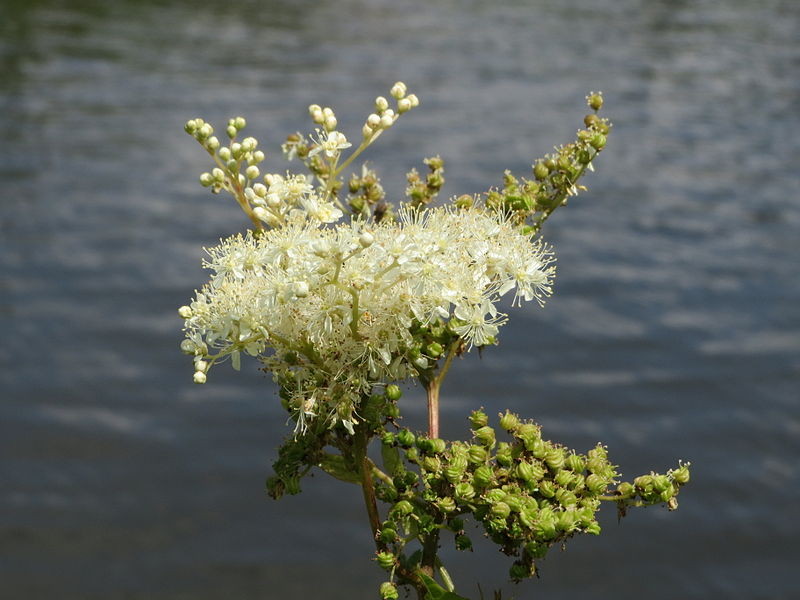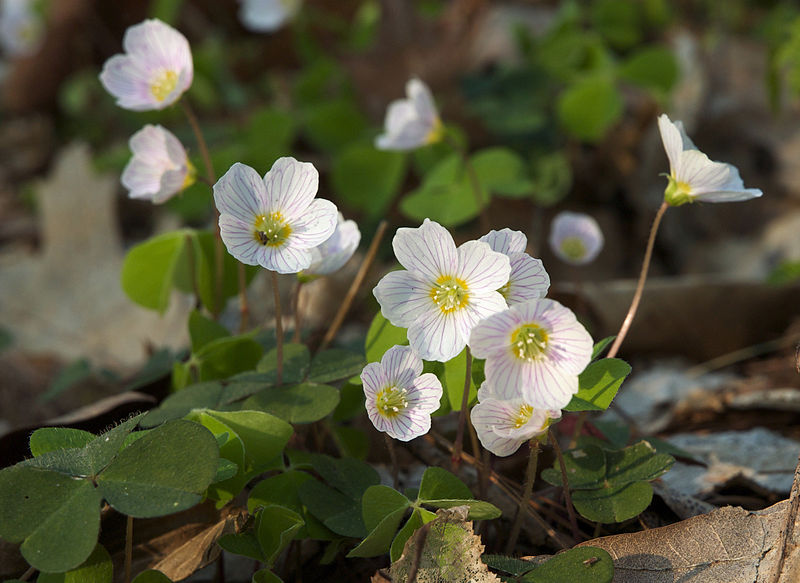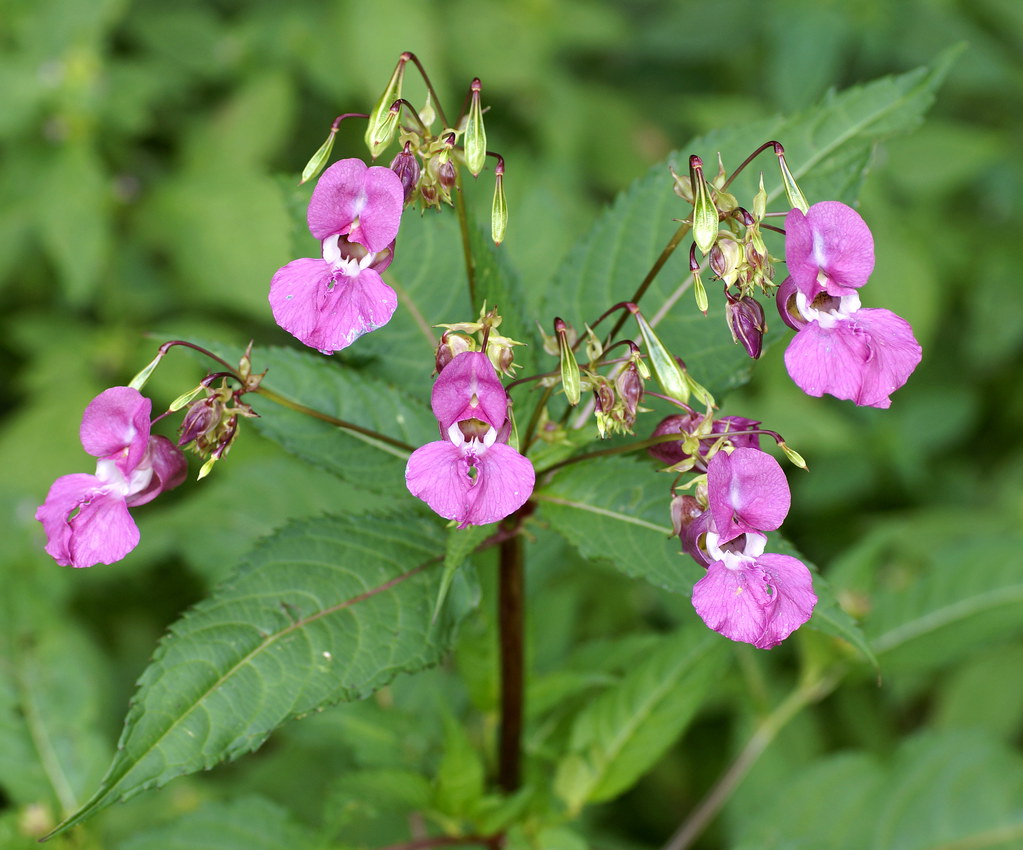
Wild Plant of The Week 48 - Meadowsweet
Botanical name: Filipendula ulmaria
Common name: Meadowsweet, Meade Wart, Queen of the Meadow, Meadow Wart, Meadow Queen, Bridewort, Lady of the Meadow, Dollof, Pride of the Meadow.

Physical appearance: Grows in small “clumps” with stems between 1 and 3 meters in height. The stems are often a deep red or purple colour. The leaves are a dark green on the upper side and more white/downy on the underside. A good identifier is the smaller leaves growing on the stem, in between the larger leaf stems. Terminal leaves are large, about 4-8cm long and have three to five lobes. Meadowsweet has delicate, graceful, creamy white flowers which cluster close together. The flowers have a powerful, heady smell and come into flower from early summer to early autumn. The strong scent means that the plant is visited regularly by various insects including, primarily, Musca flies.
Best places to find: Low lying fields, hedgerows, fens, wet woodlands

Edible parts: The Flowers. These have a strong, medicinal flavour which many may find overpowering. These can be used in a similar fashion to elder flowers to make cordials, champagne and fritters. For medicinal use, the leaves, stems and roots contain large amounts of salicylic acid which has pain killing properties.
For the body to make use of the salicylic acid, it is best to make an extract as opposed to just chomping down on copious amounts of the plant. This is most easily done by steeping the dried flowers, stems, leaves and roots in boiling water, for several minutes.
Time of year: July - November
Point of interest: Medicinal use as pain relief. Contains high levels of salicylic acid, an effective pain killer. Additionally, used to treat diarrhoea, fever, ulcers, pain, head and stomach aches and more. For maximum effectiveness, an extract can be produced, see above.
Photos courtesy of AnRo0002, Alethe and Wikipedia, Creative Commons Attribution.
Written by Big D


